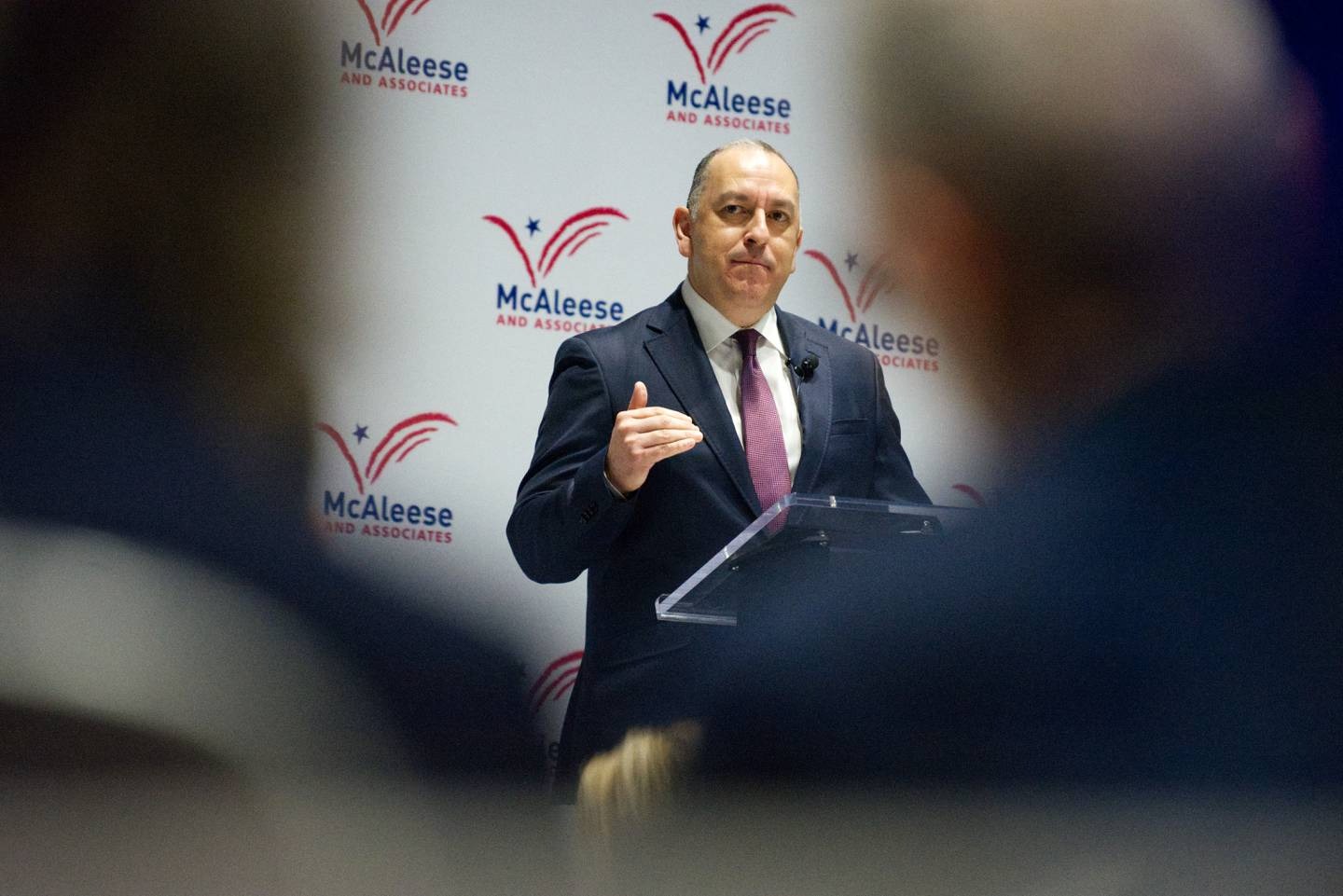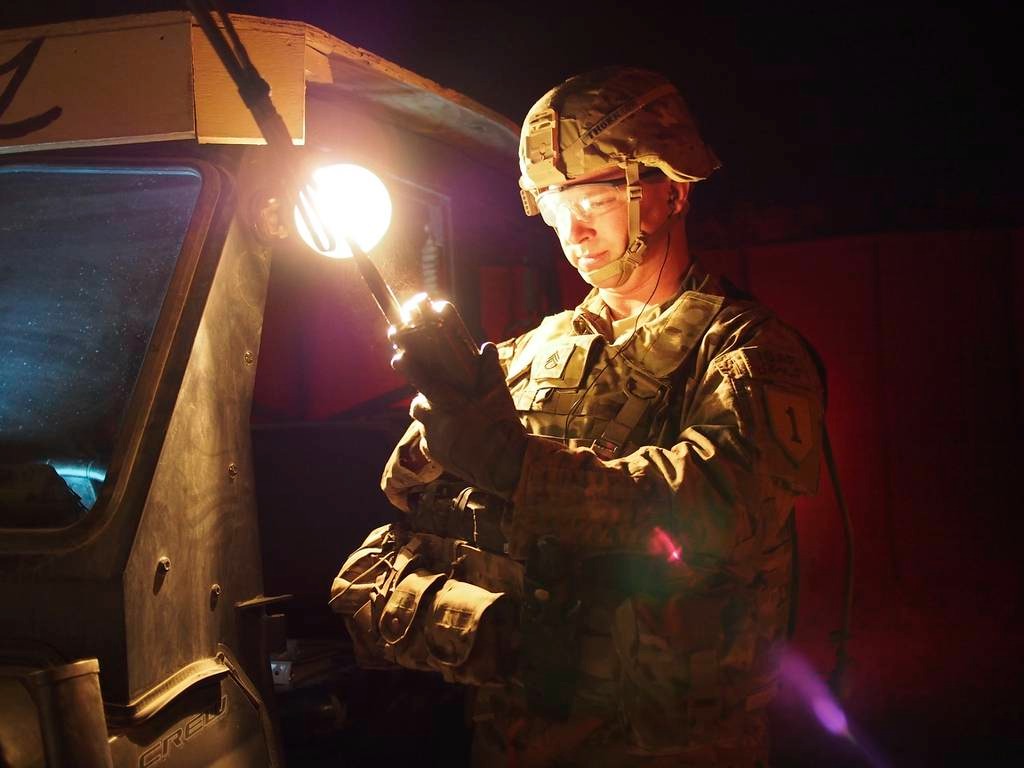El servicio tiene cientos de miles de radios, demasiadas para modernizarlas de manera rápida y rentable dados los inminentes plazos de seguridad y la competencia del gato y el ratón con Rusia y China, potencias mundiales con sofisticadas capacidades de inteligencia de señales . Un modelo como servicio puede proporcionar a los militares las últimas radios y redes de soporte, al mismo tiempo que reduce los costos y promueve la flexibilidad del hardware y el software.
The U.S. Army is looking for additional input from industry about its nascent radio-as-a-service initiative, a move away from the traditional method of acquiring and maintaining communications gear.
The service has hundreds of thousands of radios, too many to quickly and cost-effectively modernize given looming security deadlines and cat-and-mouse competition with Russia and China, world powers with sophisticated signals intelligence capabilities. An as-a-service model may provide the military with the latest radios and support networks while driving down costs and promoting hardware and software flexibility.
At least one related request for information was published last year. It garnered more than a dozen responses, ranging from enthusiasm to rejection, officials said at the time.
The input was helpful to the Army, and that sort of dialogue with defense suppliers will continue, Undersecretary Gabe Camarillo told reporters March 7, 2024, on the sidelines of the McAleese defense conference in Washington.
“We were going to send an RFI out, we were going to enter into a very formal and elaborate conversation with industry about the economics of that buying model and get feedback,” Camarillo said. “I think we’ll continue to partner with industry on multiple RFIs, multiple discussions in different fora.”
Exploratory pilots could help iron out kinks, Camarillo said. Radio as a service could resemble a subscription offered by some makers of consumer products; it could also mirror other deals in which companies furnish goods and expertise on a rolling basis, keep them up to date and handle quality control.

Updated connectivity has for years been a priority for the Army, alongside demands for improved long-range precision fires, air and missile defense and aviation. Secure, reliable networking is a tenet of the Pentagon’s Combined Joint All-Domain Command and Control concept, which envisions insights seamlessly relayed across land, air, sea, space and cyber.
Army Chief of Staff Gen. Randy George at the same conference Thursday said the service must recognize the demands of today without losing sight of the potential leaps ahead of tomorrow.
“We have to get our soldiers the right technology, when it is relevant, with the ability to upgrade and adapt to the threat. If we don’t, then we are putting our men and women in the dirt unprepared to fight and win,” George said. “This isn’t just about product innovation, it’s about process innovation.”
The chief of staff previously said soldiers “need to shoot, move and communicate,” and that “technology should facilitate those fundamentals, not encumber them.”
Fuente: https://www.c4isrnet.com


